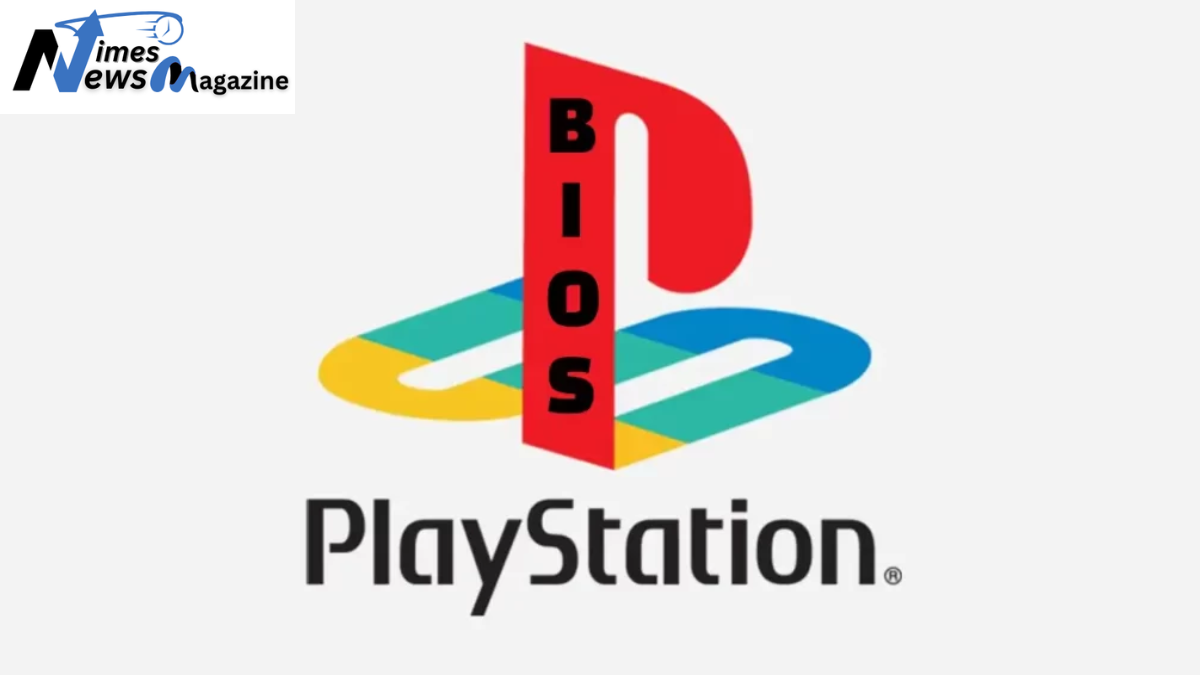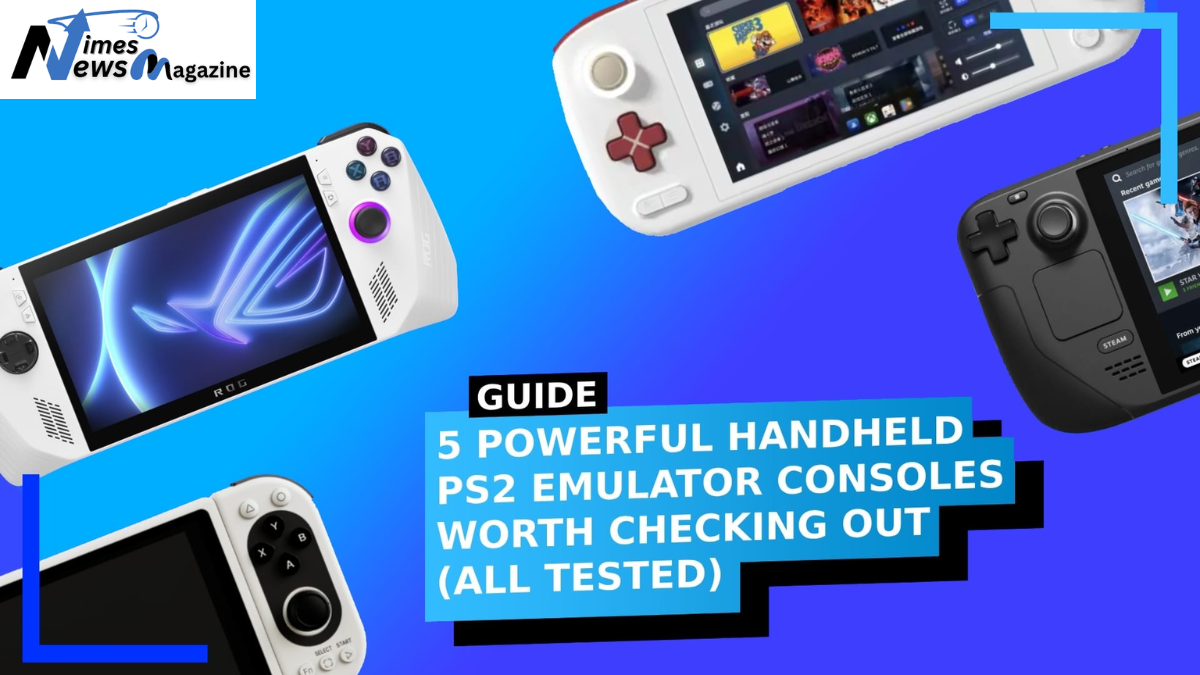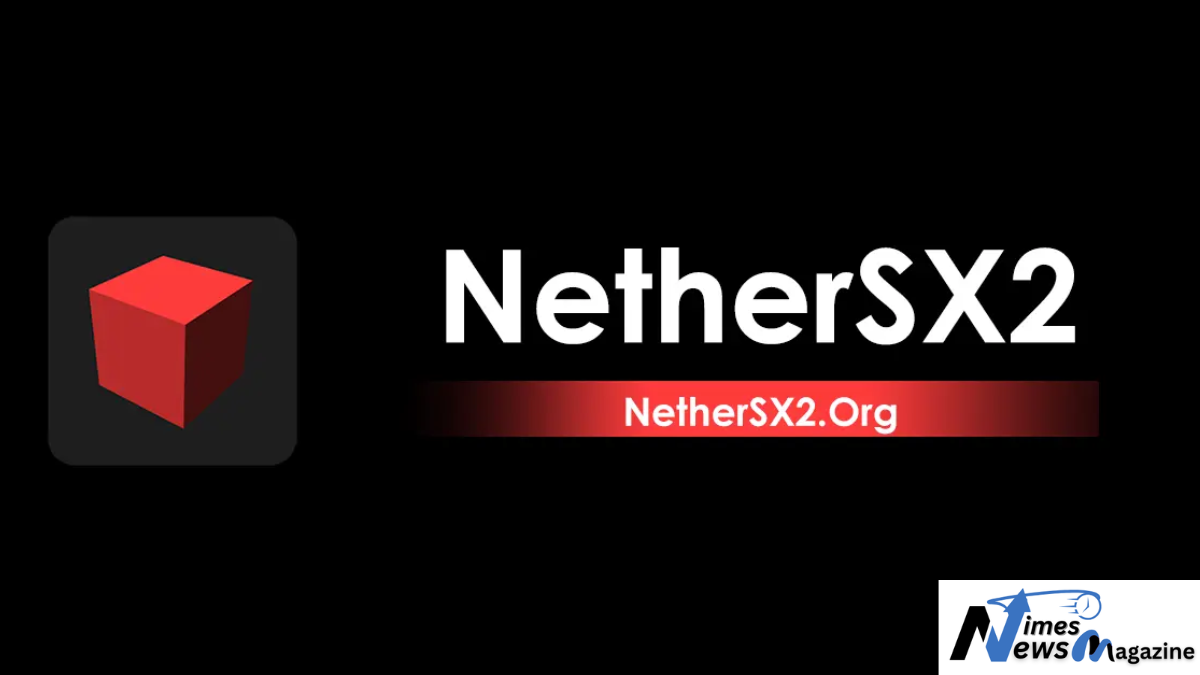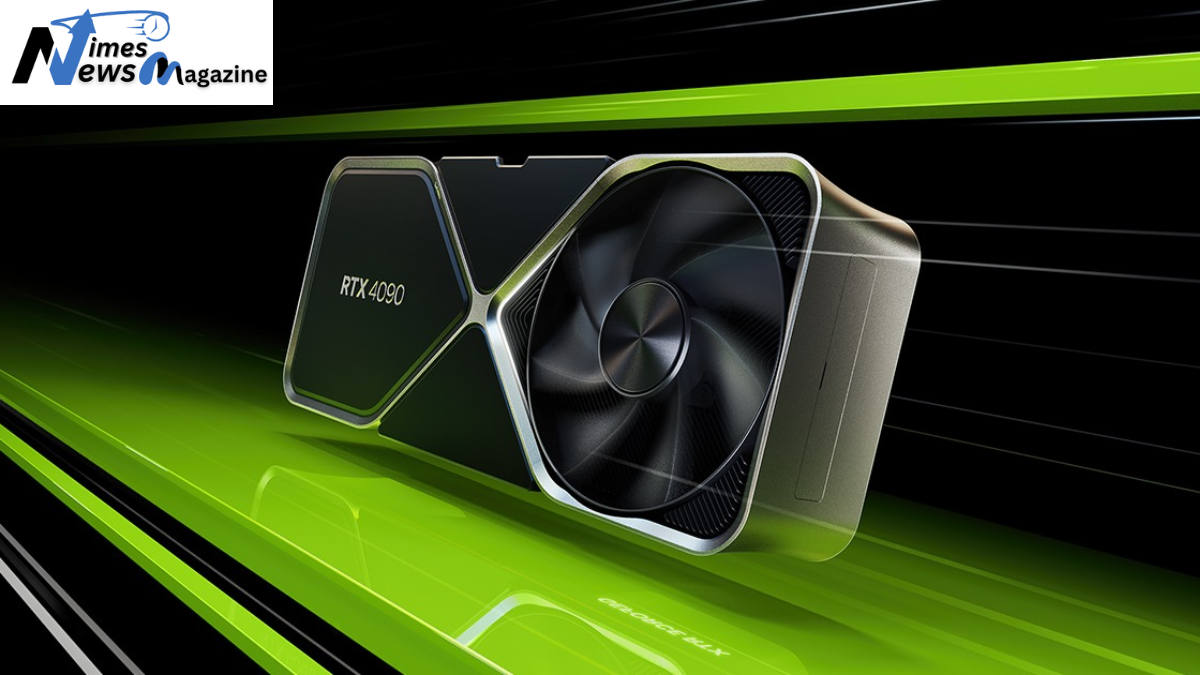Table of Contents
Understanding the PS1 BIOS and Its Role
If you’re into retro gaming, especially PlayStation emulation, you’ve probably come across the term “PS1 BIOS.” But what exactly is it, and why is it so important? The PS1 BIOS is a fundamental component of the original PlayStation (PS1) console, acting as the bridge between the hardware and the software. Without it, many PlayStation emulators simply won’t work properly, leading to game crashes, audio glitches, or even complete incompatibility.
The BIOS (Basic Input/Output System) in the PlayStation serves a crucial role in the startup process, game authentication, and system management. Unlike modern consoles that have sophisticated firmware, the PS1 BIOS ensures that the console can properly read discs, manage memory cards, and execute games smoothly. When using a PS1 emulator on a PC or another device, having the right BIOS file can make all the difference between a seamless gaming experience and a frustrating one.
Why the PS1 BIOS Is Essential for Emulation
Many gamers who venture into emulation mistakenly believe that simply downloading a PlayStation emulator is enough to start playing their favorite classics. However, without the PS1 BIOS, most emulators won’t be able to function correctly. The BIOS acts as a software layer that interprets PlayStation game data, ensuring that the emulation process mimics the original console as closely as possible.
One of the main reasons the PS1 BIOS is so crucial is that it contains the system’s core instructions. These instructions include the PlayStation’s startup sequence, disc authentication, and essential input/output operations. Without this, even the most advanced emulator would struggle to replicate the PlayStation experience accurately.
Moreover, different regions had different BIOS versions, meaning the BIOS used in a North American PlayStation might not be the same as the one used in Japan or Europe. This can impact game compatibility, making it important for emulation enthusiasts to choose the correct BIOS file based on their preferred region.
How to Obtain the PS1 BIOS Legally
When it comes to obtaining the PS1 BIOS, legality is a major concern. The BIOS is proprietary software, meaning that downloading it from unauthorized sources is technically illegal. However, there are legal ways to acquire it.
The most straightforward method is to extract the BIOS from an actual PlayStation console. This requires specific hardware and software tools, but it ensures that you’re staying within legal boundaries. Many retro gaming enthusiasts take this approach to maintain authenticity and legality in their emulation setups.
Some emulators provide alternative solutions, such as open-source BIOS replacements, though these aren’t always as reliable as the original files. If you’re serious about emulation and want the best experience, extracting the BIOS from a real PlayStation is the ideal route.
Common Issues When Using a PS1 BIOS
Even with the correct BIOS file, users sometimes run into issues. These can range from minor graphical glitches to full-blown crashes. One of the most common problems is using an incompatible BIOS version. Since different regions had unique BIOS variations, using a mismatched BIOS file with certain games can lead to unexpected errors.
Another frequent issue is incorrect BIOS file placement. Most PlayStation emulators require the BIOS to be placed in a specific folder, and failing to do so can cause the emulator to fail to detect it. If you’re experiencing issues, double-check that your BIOS file is named correctly and located in the right directory.
Additionally, some emulators require BIOS verification. If your emulator has trouble recognizing the BIOS, it may be due to a corrupted or incomplete file. In such cases, re-extracting the BIOS from your PlayStation or ensuring the file is complete can help resolve the problem.
Differences Between Various PS1 BIOS Versions
Not all PS1 BIOS files are the same. Depending on the region and console version, the BIOS may have slight variations that affect game compatibility and performance. The three main regions are:
- NTSC-U (North America)
- NTSC-J (Japan)
- PAL (Europe and Australia)
Each version has its own set of features and limitations. Some Japanese-exclusive games, for instance, may not work properly with a North American BIOS and vice versa. This is why many emulation enthusiasts keep multiple BIOS files on hand to maximize compatibility.
Aside from regional differences, newer PlayStation models also had slight BIOS updates. While these didn’t drastically change how games functioned, they sometimes improved performance or fixed minor issues.
Best Emulators That Support the PS1 BIOS
Choosing the right emulator is just as important as having the correct BIOS file. Some of the most popular and reliable PlayStation emulators that support the PS1 BIOS include:
- ePSXe – One of the most popular PlayStation emulators, known for its high compatibility and plugin support.
- PCSX-Reloaded – A great alternative with a user-friendly interface and decent performance.
- RetroArch (Beetle PSX Core) – A powerful multi-system emulator that provides a solid PlayStation experience.
- Xebra – A lesser-known but highly accurate emulator that aims to mimic the original PlayStation as closely as possible.
Each of these emulators requires a PS1 BIOS file to function properly. Once properly configured, they can provide a near-authentic PlayStation experience with enhanced graphics, save states, and customizable controls.
The PS1 BIOS is an essential component for anyone looking to relive the classic PlayStation era through emulation. Without it, most emulators won’t function correctly, leading to a subpar gaming experience. While obtaining the BIOS legally can be a challenge, it’s well worth the effort to ensure smooth and accurate emulation.
By understanding the role of the BIOS, selecting the right version, and configuring your emulator correctly, you can enjoy your favorite PlayStation games with enhanced visuals and performance. Whether you’re a long-time PlayStation fan or new to the world of emulation, having the right BIOS setup will help you get the most out of your retro gaming experience.
What is PS1 BIOS?
The PS1 BIOS is a crucial component of the original PlayStation console. BIOS stands for “Basic Input/Output System,” and it acts as the bridge between the PlayStation hardware and the software, ensuring smooth communication between the system’s components. Without the BIOS, the PlayStation cannot function properly, as it controls everything from booting up the console to loading games and managing system settings.
For gamers and enthusiasts looking to play PS1 games on emulators, having the correct PS1 BIOS file is essential. Many emulators require an authentic BIOS file to accurately replicate the PlayStation experience. This file ensures compatibility and proper execution of games, offering a near-original gaming experience. While some emulators provide built-in alternatives, using the official often results in better performance, fewer glitches, and improved overall gameplay.
Why is the PS1 BIOS Important?
The PS1 BIOS plays a fundamental role in the PlayStation’s operation. When a PlayStation console is powered on, the BIOS is the first thing that runs. It initializes the hardware, checks for inserted game discs, and loads the necessary files to start the game. Essentially, it acts as the backbone of the PlayStation’s functionality.
For those using PlayStation emulators, the PS1 BIOS is just as crucial. It determines how well games will run and how accurately the emulator replicates the original hardware. Without a BIOS file, many PS1 games may not function correctly or may experience performance issues such as lag, graphical glitches, or sound problems. That’s why finding and using the correct PS1 BIOS is a major factor in achieving a smooth emulation experience.
How the PS1 BIOS Works
The PS1 BIOS functions as a low-level software interface between the PlayStation hardware and the software it runs. When the console is turned on, the BIOS first performs a series of checks to ensure that all components are working properly. This includes verifying system memory, detecting peripherals, and reading from the game disc.
The BIOS also contains essential system firmware that manages boot sequences and hardware interactions. It helps to load game files from the disc and ensures that they are executed correctly. This process is what allows the PlayStation to operate consistently, making it an indispensable part of the console’s architecture.
When used in an emulator, the BIOS file ensures that the virtual PlayStation environment behaves like the original hardware. This means that features like save data management, memory card functionality, and even the iconic PlayStation startup screen are preserved in the emulated experience.
Where to Get a PS1 BIOS
Obtaining a PS1 BIOS can be a tricky subject. Since the BIOS is technically copyrighted software, downloading it from unofficial sources can be legally questionable. However, if you own an original PlayStation console, you have the right to extract the BIOS from your own system.
There are several methods to obtain a PS1 BIOS legally:
Dumping the BIOS from Your PlayStation Console: This method requires specific tools and software to extract the BIOS file directly from your own PlayStation hardware. It ensures that you are using a legally acquired BIOS file.
Using a Preinstalled BIOS in an Emulator: Some emulators come with an alternative BIOS that mimics the original. However, these may not always offer the same level of compatibility and accuracy as the official BIOS.
If you’re looking to play PlayStation games on your PC or mobile device, several powerful emulators require a PS1 BIOS file to function optimally. Some of the best options include:
ePSXe: One of the most popular PS1 emulators, ePSXe offers excellent compatibility and high-performance gaming. It requires a separate BIOS file for optimal results.
RetroArch: A powerful emulator that supports multiple gaming systems, including the PlayStation. A PS1 BIOS file can enhance performance and compatibility with PS1 games.
How to Install a PS1 BIOS in an Emulator
Installing a PS1 BIOS file in an emulator is a straightforward process. While the exact steps may vary depending on the emulator, the general process is as follows:
Locate the Emulator’s BIOS Folder: Most emulators have a designated folder where BIOS files should be placed. This folder is usually found within the emulator’s installation directory.
“No BIOS Found” Error: This error occurs when the emulator is unable to locate the BIOS file. Double-check that the BIOS file is placed in the correct folder and that it is properly configured in the emulator settings.
Game Not Loading or Crashing: If a game fails to load or crashes frequently, it may be due to an incorrect BIOS file. Ensure that you are using the right BIOS version that matches your emulator.
Glitches and Performance Issues: Some graphical or sound glitches can be caused by BIOS incompatibility. Try using a different BIOS file or adjusting emulator settings for better performance.
Final Thoughts on PS1 BIOS
The PS1 BIOS is an essential part of both the original PlayStation console and its emulation. Whether you’re a retro gaming enthusiast looking to relive classic PlayStation titles or a newcomer exploring PS1 games through emulation, having the right BIOS file can make a huge difference.
Understanding how the BIOS works, where to obtain it legally, and how to install it in an emulator can help you achieve the best possible gaming experience. With the right setup, you can enjoy smooth and authentic PS1 gameplay, just like on the original console.
If you’re serious about PlayStation emulation, taking the time to get the correct PS1 BIOS will ensure that your games run as they were meant to, without unnecessary complications. Now, get your BIOS ready, fire up your favorite emulator, and enjoy the golden age of PlayStation gaming!





